Arnold, Michael L. 2008. Reticulate Evolution and Humans: Origins and Ecology. Oxford University Press.
Bell, D.; Roberton, S.; and Hunter, P. R. 2004. "Animal Origins of SARS Coronavirus: Possible Links with the International Trade in Small Carnivores." Philosophical Transactions of the Royal Society of London, Series B, Biological Sciences 359:1107-1114.
Bisby, F.A.; Roskov, Y.R.; Orrell, T.M.; Nicolson, D.; Paglinawan, L.E.; Bailly, N.; Kirk, P.M.; Bourgoin, T.; Baillargeon, G.; and Ouvrard, D. (red.). 2011. "Viverra megaspila Blyth, 1862." Species 2000 & ITIS Catalogue of Life: 2011 Annual Checklist. Reading, UK. Retrieved August 2, 2014.
- Available at: http://www.itis.gov/servlet/SingleRpt/SingleRpt?search_topic=TSN&search_value=622003&search_kingdom=every&search_span=exactly_for&categories=All&source=html&search_credRating=All
Blyth, Edward. 1862. "Report of the Curator, Zoological Department, February, 1862." Journal of the Asiatic Society of Bengal 31(3):331-332.
- Available via Internet Archive at: https://archive.org/details/journalofasiati311862asia
Boelens, Bo; Watkins, Michael; and Grayson, Michael. 2009. The Eponym Dictionary of Mammals. Johns Hopkins University.
Boudet, Ch. 10 January 2009. "Species Sheet: Large-spotted Civet." Mammals' Planet: Vs n°4, 04/2010. Retrieved August 2, 2014.
- Available at: http://www.planet-mammiferes.org/drupal/en/node/38?indice=Viverra+megaspila
Boudet, Ch. 10 January 2009. "Subspecies Sheet [Viverra megaspila megaspila]." Mammals' Planet: Vs n°4, 04/2010. Retrieved August 2, 2014.
- Available at:http://www.planet-mammiferes.org/drupal/en/node/39?indice=Viverra+megaspila+megaspila
Carruthers, L. "Large-Spotted Civet." The Animal Files: Mammals > Carnivores. Retrieved August 2, 2014.
- Available at: http://www.theanimalfiles.com/mammals/carnivores/civet_large_spotted.html
Cassell's Universal Portrait Gallery: A Collection of Portraits of Celebrities, English and Foreign. With Facsimile Autographs. 1895. London, Paris & Melbourne: Cassell and Company, Limited.
- Available via Internet Archive at: https://archive.org/details/cassellsuniversa00londiala
Corbet, G.B.; and Hill, J.E. 1992. Mammals of the Indo-Malayan Region: A Systematic Review. Oxford, U.K.: Oxford University Press.
Driver, Stephanie (ed.). 2008. Exploring Mammals, Volume 3. Tarrytown, NY: Marshall Cavendish Corporation.
Duckworth, J.W.; Timmins, R.J.; Olsson, A.; Roberton, S.; Kanchanasaka, B.; Than Zaw; Jennings, A.; and Veron, G. 2008. “Viverra megaspila.” In: IUCN 2014. International Union for Conservation of Nature and Natural Resources Red List of Threatened Species. Version 2014.1. Retrieved August 2, 2014.
- Available at: http://www.iucnredlist.org/details/full/41707/0
Duff, Andrew; and Lawson, Ann. 2004. Mammals of the World: A Checklist. Yale University Press.
Ellerman, J. R.; and Morrison-Scott, T. C. S. 1966. Checklist of Palaearctic and Indian Mammals 1758 to 1946. Second edition. London: British Museum of Natural History.
- Available via Internet Archive at: http://www.archive.org/stream/checklistofindia00elle#page/280/mode/2up
Ewer, R.F. 1998. The Carnivores. Cornell University Press: Cornell Paperbacks.
Gaubert, P.; and Cordeiro-Estrela, P. 2006. “Phylogenetic Systematics and Tempo of Evolution of the Viverrinae (Mammalia, Carnivora, Viverridae) within Feliformians: Implications for Faunal Exchanges between Asia and Africa.” Molecular Phylogenetics and Evolution 41:266-278.
Gervais, Paul. 1855. Histoire naturelle des Mammifères: Carnivores, Proboscidiens, Jumentés, Bisulques, Édentés, Marsupiaux, Monotrèmes, Phoques, Sirénides et Cétacés. Paris: L. Curmer.
Gittleman, John L.; Funk, Stephan M.; Macdonald, David; and Wayne, Robert K. (eds.). 2001. Carnivore Conservation. Cambridge University Press: Conservation Biology 5.
Gray, J.E. 1832. "On the Family of Viverridae and its Generic Sub-divisions, with an Enumeration of the Species of Several New Ones." Proceedings of the Committee of Science and Correspondence of the Zoological Society of London 1832(2):63-68.
Günther, Dr. A. (Albert). 1876. "Remarks on some Indian and, more especially, Bornean Mammals." Proceedings of the Scientific Meetings of the Zoological Society of London for the Year 1876 (May 2, 1876): 424 - 428.
- Available via Internet Archive at: http://www.archive.org/stream/proceedingsofzoo1876zool#page/424/mode/1up
Hayssen, Virginia; Van Tienhoven, Ari; and Van Tienoven, Ans. Asdell’s Patterns of Mammalian Reproduction: A Compendium of Species-Specific Data. Cornell University, 1993.
Hume, Allan O. 1890. The Nests and Eggs of Indian Birds. Volume II, with Four Portraits. Second Edition, ed. by Eugene William Oates. London: R.H. Porter.
- Available via Internet Archive at: https://archive.org/details/nestseggsofindia02humerich
Hunter, Luke; and Barrett, Priscilla. 2011. A Field Guide to the Carnivores of the World. London, Cape Town, Sydney, Auckland: New Holland Publishers (UK) Ltd.
Jennings, A. P.; and Veron, J. 2009. "Family Viverridae (Civets, Genets, and Oyans)." In: Don E. Wilson and Russel Mittermeier (Hrsg.) Handbook of the Mammals of the World Volume 1: Carnivores. Lynx Edicions.
Khounboline, K. 2005. "A Large-spotted Civet Viverra megaspila Record from a Mid-altitude Plateau, Lao PDR." Small Carnivore Conservation 33:26.
Kondo, H.; Tesar, J.; Cloud, D.; Kagan, L. (eds.). 1972. Civets, Genets, and Linsangs, Volume 2, 3rd Edition. Milan: Fratelli Fabbri Editori.
Larivière, Serge. 2004. "Oriental Civet Viverra megaspila English: Large-spotted Civet Spanish: Civeta de motas grandes." P. 344 in Grzimek's Animal Life Encyclopedia, Second Edition. Volume 14: Mammals III, edited by Michael Hutchins, Devra G. Kleiman, Valerius Geist, and Melissa C. McDade. Farmington Hills, MI: Gale Group, Inc., division of Thomson Learning Inc.
Lynam, A. J.; Maung, M.; Po, S. H. T.; and Duckworth, J. W. 2005. "Recent Records of Large-spotted Civet Viverra megaspila from Thailand and Myanmar." Small Carnivore Conservation 32:8–11.
Miles, A.E.W.; and Grigson, Caroline (eds.). 1990. Colyer's Variations and Diseases of the Teeth of Animals. Cambridge University Press.
Myers, P.; Espinosa, R.; Parr, C.S.; Jones, T.; Hammond, G.S.; and Dewey, T.A.. 2014. "Viverra megaspila: Large-spotted Civet." The Animal Diversity Web. University of Michigan Museum of Zoology. Retrieved August 2, 2014.
- Available at: http://animaldiversity.ummz.umich.edu/accounts/Viverra_megaspila/classification/
Nowak, Ronald M. 1999. Walker's Mammals of the World, Sixth Edition. Volume I. Baltimore: Johns Hopkins University Press.
Pocock, R. I. 1939. The Fauna of British India, including Ceylon and Burma. Mammalia. Volume 1. London: Taylor and Francis.
- Available via Internet Archive at: https://archive.org/details/PocockMammalia1
Schreber, Johann Christian Daniel von. 1774 - 1846. Die Säugthiere in Abbildungen nach der Natur: Plates 81 - 165. Erlangen :Expedition des Schreber'schen säugthier- und des Esper'schen Schmetterlingswerkes.
- Available via Biodiversity Heritage Library at: http://biodiversitylibrary.org/page/31064528
Schreiber, A.; Wirth, R.; Riffel, M.; and Van Rompaey, H. 1989. Weasels, Civets, Mongooses, and Their Relatives. An Action Plan for the Conservation of Mustelids and Viverrids. Gland, Switzerland: IUCN.
Smith, Andrew T.; Xie, Yan; Hoffmann, Robert S.; Lunde, Darrin; MacKinnon, John; Wilson, Don E.; Wozencraft, W. Chris. (eds.). 2 March 2008. A Guide to the Mammals of China. Princeton University Press.
Veron, Geraldine. 2010. “Phylogeny of the Viverridae and ‘Viverrid-like’ Feliforms.” Pp. 64-90 in Carnivoran Evolution: New Views on Phylogeny, Form and Function edited by Anjali Goswami and Anthony Friscia. Cambridge University Press: Cambridge Studies in Morphology and Molecules.
“Viverra megaspila.” The Marine Biological Universal Biological Indexer and Organizer. Retrieved August 2, 2014.
- Available at: http://www.ubio.org/browser/details.php?namebankID=2478483
"Viverra megaspila (Large-spotted Civet)." ZipcodeZoo: Species Identifier 134477. Retrieved August 2, 2014.
- Available at: http://zipcodezoo.com/Animals/V/Viverra_megaspila/
Wilson, Don E.; and Cole, F. Russell. 2000. Common Names of Mammals of the World. Washington, D.C.: Smithsonian Institution Press.
Wilson, Don E.; and Reeder, DeeAnn M. (editors). 2005. Mammal Species of the World: A Taxonomic and Geographic Reference (3rd ed), Johns Hopkins University Press.
Wrobel, Murray (Editor). 2007. Elsevier's Dictionary of Mammals: Latin English German French Italian. Oxford, U.K.: Elsevier B.V.


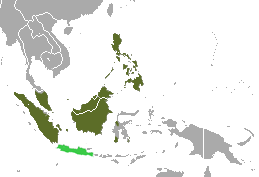

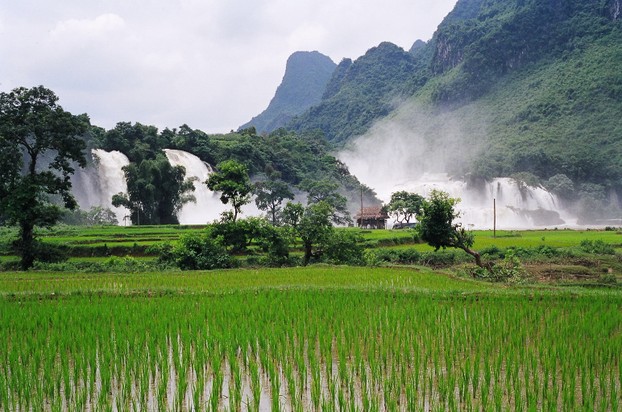
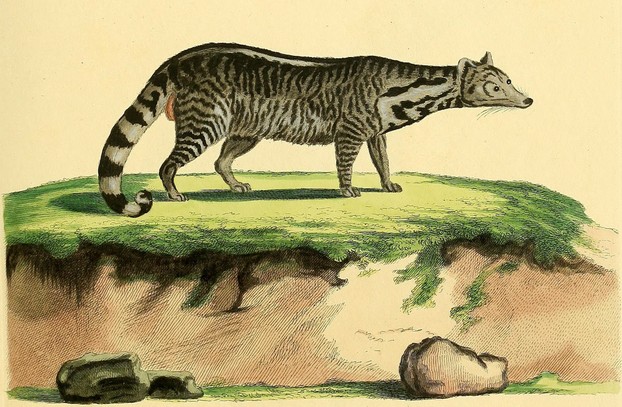

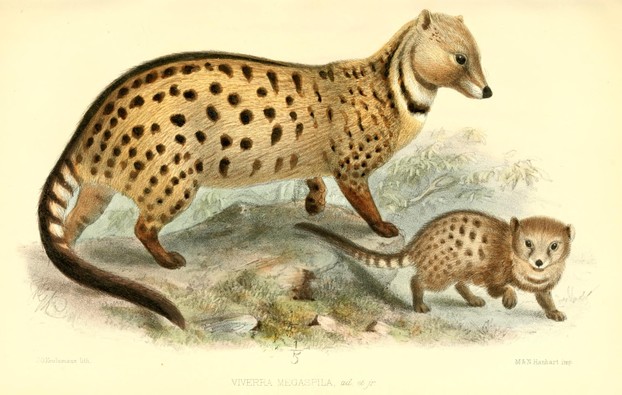
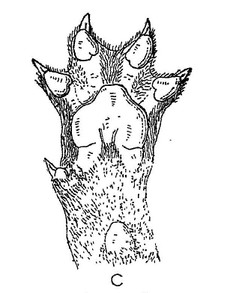
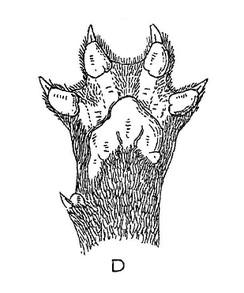
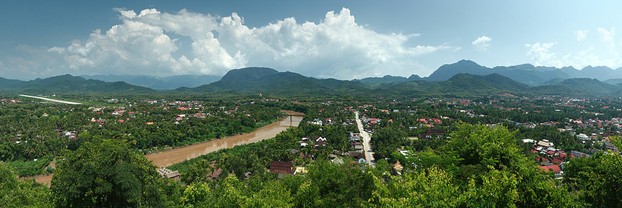
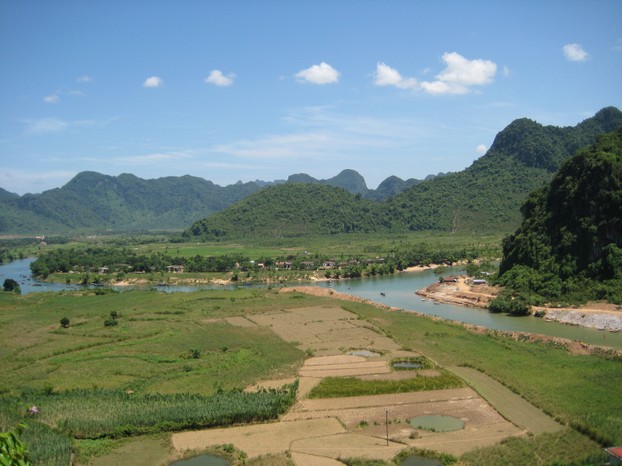
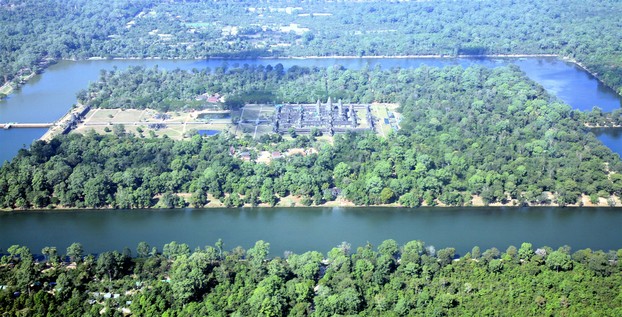





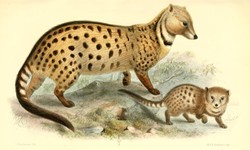

 Are Hawaiian Huakai Po Nightmarchers Avenging Halloween Thursday?on 10/02/2024
Are Hawaiian Huakai Po Nightmarchers Avenging Halloween Thursday?on 10/02/2024
 Mailing Addresses for 2023 Form 4868 Extending 1040 and 1040SR April 15, 2024, Due Dateon 04/15/2024
Mailing Addresses for 2023 Form 4868 Extending 1040 and 1040SR April 15, 2024, Due Dateon 04/15/2024
 Mailing Addresses for 2023 Forms 1040 and 1040SR Filed in 2024on 04/15/2024
Mailing Addresses for 2023 Forms 1040 and 1040SR Filed in 2024on 04/15/2024
 Mailing Addresses for 2022 Form 4868 Extending 1040 and 1040SR April 18, 2023, Due Dateon 04/13/2023
Mailing Addresses for 2022 Form 4868 Extending 1040 and 1040SR April 18, 2023, Due Dateon 04/13/2023

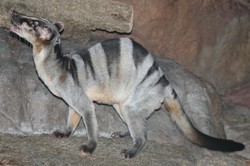
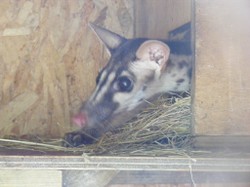
Comments